This is to clarify the question title. Say you have four lists of integers, with which you want to produce a scatter plot:
a=[3,7,2,8,12,17]
b=[9,4,11,7,6,3]
c=[9,3,17,13,10,5]
d=[5,1,1,14,5,8]
You also have a function, for simplicity f(x)=1/x, that applies to all lists, so that:
from __future__ import division
a1=[1/i for i in a]
b1=[1/i for i in b]
c1=[1/i for i in c]
d1=[1/i for i in d]
My question: how to add a second y axis, knowing that the values returned by the function range from 0.06 to 1.0, without using any of the a1, b1, c1, d1 lists in the scatter plots?
What I am saying is: if you produce the following scatter plots in the traditional way, how can you then add the second y axis based on the values of a1, b1, c1, d1, without having any series using them in the plot itself?
import matplotlib.pyplot as plt
plt.scatter(a,b,c='red',label='reds')
plt.scatter(c,d,c='blue',label='blues')
plt.legend(loc='best')
This is the scatter without the second y axis:

And this is a made up version of the same one, including the second y axis discussed so far:

NB: This question is different from this, in that I am not trying to plot with different scales. I only want to add a second axis with the relevant values.


